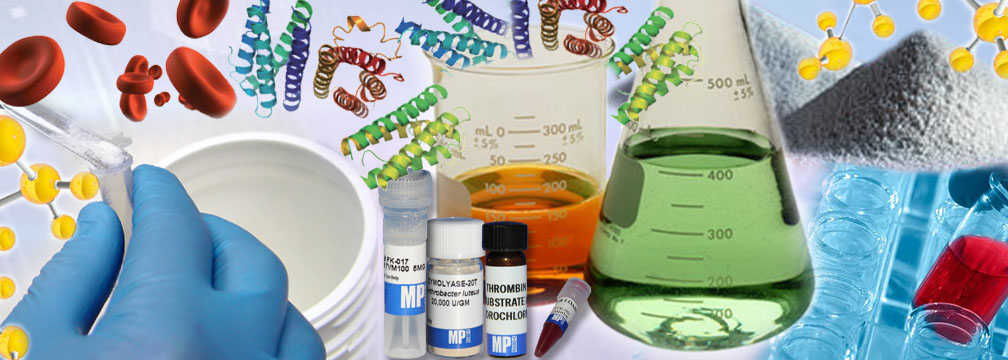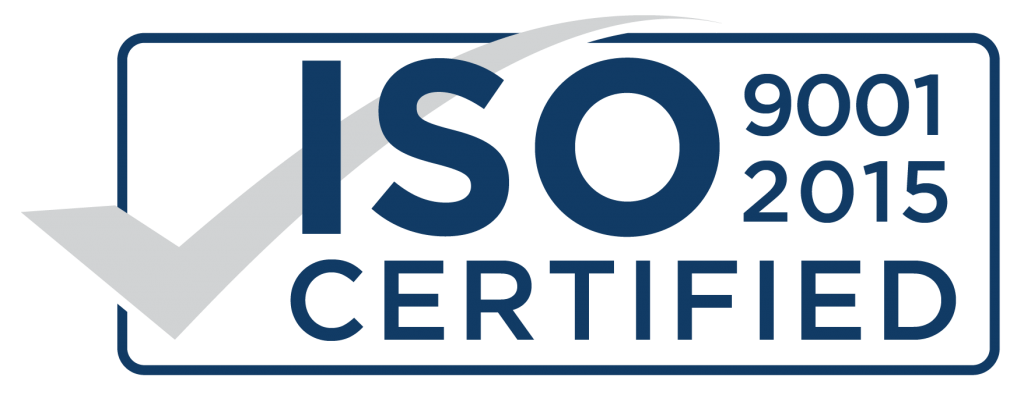
FOOD AND PHARMA
AMYLASE :
Amylases are the hydrolytic enzymes which catalysis the hydrolysis of starch in to low molecular weight sugar molecules. In nature starch is most abundant polysaccharide food store after cellulose and it is used in many industries.
INDUSTRIAL APPLICATIONS OF AMYLASE :
- Food : Starch liquefaction and saccharification; manufacturing of corn syrups; anti-staling in baking; Enhance shelf life of breads; reduction of chill haze formation in beverages
- Detergent :Removal of starch based stains
- Paper : Reduction of viscosity, Deinking, drainage improvement
- Textile : Desizing, Warp sizing of textiles fibers
- Biofuel :Ethanol production
- Pharmaceutical :Digestive aid
- Bioremediation :Bioremediation of vegetables wastes
- Leather :Fiber splitting
PEPTIDASE :
It also called as Protease or proteinase that performs proteolysis. Major sources of proteases are animal, plant and microbial including fungi and bacteria. Protease conducts proteolysis, that is, begins protein catabolism by hydrolysis of the peptide bonds that link amino acids together in the polypeptide chain forming the protein. Proteases are a unique class of enzymes as they possess both degradative and synthetic properties. They is widely used as detergent, in food, pharmaceutical and leather tanning industries.
INDUSTRIAL APPLICATIONS OF PEPTIDASE :
- Food Industry : Milk clotting, infant formulas (low allergenic), flavor
- Detergent (laundry and dish wash) :Protein stain removal
- Paper : Reduction of viscosity, Deinking, drainage improvement
- Starch and fuel : yeast nutrition – fuel
- Pulp and paper :Biofilm removal
- Leather :Unhearing, bating
LIPASE :
Lipases (triacylglycerol acylhydrolase) are part of the family of hydrolyses that act on carboxylic ester bonds. The physiologic role of lipases is to hydrolyze triglycerides into diglycerides, monoglycerides, fatty acids, and glycerol. These enzymes are widely found throughout the animal and plant kingdoms, as well as in molds and bacteria. In addition to their natural function of hydrolyzing carboxylic ester bonds, lipases can catalyze esterification, interesterification, and transesterification reactions in nonaqueous media. This versatility makes lipases the enzymes of choice for potential applications in the food, detergent, pharmaceutical, leather, textile, cosmetic, and paper industries. The most significant industrial applications of lipases have been mainly found in the food, detergent, and pharmaceutical sectors.
INDUSTRIAL APPLICATIONS OF LIPASES :
- Detergent :Lipid stain removal
- Food (including dairy) :Cheese flavor
- Pulp and paper :Pitch control, contaminant control
- Fats and oils :Transesterification
- Organic synthesis :Resolution of chiral alcohols and amides
- Leather :De-pickling
CELLULASE :
Cellulose is the most abundant organic molecule on the Earth and is the primary structural component of plants. It is fibrous, insoluble and high molecular weight homopolymer of anhydrous glucose units linked by the β-1, 4 glycosidic linkages. Cellulase is an enzyme which decomposes r cellulysis the cellulose in to simple monomers and oligomers. Cellulases are inducible enzymes, which are produced by a wide array of microorganisms including fungi and bacteria. Cellulases, solely or in a mixture with other enzymes, are involved in several industries including biofuel, food, feed, beverages, paper, textile, pharmaceutical, agricultural etc.
INDUSTRIAL APPLICATIONS OF CELLULASE :
- Detergent :Cleaning, color clarification, anti-redeposition (cotton) Mannanase Mannanan stain removal (reappearing stains)
- Food/animal feed processing :Improved yield and extraction of fruit and vegetables juices, clarification of fruit juices, improved maceration, color extraction of fruit and vegetables
- Agriculture :Control of plant pathogens and disease, improved soil quality
- Pulp and paper :De-inking, drainage improvement, fiber modification,Co- additive in pulp bleaching
- Textile:Denim finishing, cotton softening , Biopolishing, biostoning, biofinishing
- Biofuel :Production of ethanol, solvents and organic acids; production of energy-rich animal feed and with improved nutritional value.
- Pharma/ Medical :Antibiofilm agent, treatment of phytobezoar
- Others :Reduction in biomass waste, extraction of olive oil and carotenoids
XYLANASE :
Xylanase is an enzyme which degrade the linear polysaccharide beta-1,4-xylan into xylose, thus breaking down hemicellulose, one of the major components of plant cell walls. Xylanase plays a major role in micro-organisms thriving on plant sources for the degradation of plant matter into usable nutrients. Xylanase can be used in many industries like paper & pulp, Food industry, beverages and it can also give better results combination with other enzymes like Pectinase & cellulase.
INDUSTRIAL APPLICATIONS OF XYLANASE :
- Starch and fuel :Viscosity reduction (fuel and starch)
- Baking :Dough conditioning Lipase Dough stability and conditioning (in situ emulsifier)
- Animal Feed : Digestability
- Pulp and paper :Bleach boosting
- Beverages: combination with Pectinase & cellulase- clarification of fruit juices and degumming of plant fiber sources such as flax, hemp, jute, and ramie
- Agriculture :Extraction of Coffee, plant oil, starch.
PECTINASE :
Pectinase is an enzyme that breaks down pectin, a polysaccharide found in plant cell walls. It is useful because pectin is the jelly-like matrixes which helps cement plant cells together and in which other cell wall components, such as cellulose fibrils, are embedded. Therefore, pectinase enzymes are commonly used in processes involving the degradation of plant materials, such as speeding up the extraction of fruit juice from fruit, including apples, sapota, making of wine etc.
INDUSTRIAL APPLICATIONS OF PECTINASE :
- Food industry : Juice extraction
- Beverages : De pectinization, mashing
- Textile : modification of morphology of cotton
- Pulp and paper :Bleach boosting
PHYTASE :
Phytases decompose phytate, which is the primary storage form of phosphate in plants. Phytase offered to help farmers reduce phosphorus excretion of monogastric animals by replacing inorganic phosphates by microbial phytase in the animal diet. Phytase application can reduce phosphorus excretion by up to 50%, a feat that would contribute significantly toward environmental protection. Furthermore, phytase supplementation leads to improved availability of minerals and trace elements. In addition to its major application in animal nutrition, phytase is also used for processing of human food.
INDUSTRIAL APPLICATIONS OF PHYTASE :
- Animal feed supplement : Phytate digestibility – phosphorus release
- Food industry : Fermentation process, Bread making, production of plant protein isolates, Corn wet milling, Fractionation of cereal bran, probiotics
NITRILASE :
Nitrilase are involved in natural product in biosynthesis and post translational modifications in plants, animals, fungi and certain prokaryotes. Nitrilases can also be used as catalysts in preparative organic chemistry. Nitrilases have been used for the resolution of racemic mixtures. Nitrilases are derived from the bacteria, filamentous fungi, yeast and plants. Nitrilases are enzyme that catalyse the hydrolysis of nitrile compounds to the corresponding carboxylic acid and ammonia, and have a wide range of industrial and biotechnology application including synthesis of industrially important carboxylic acid and bioremediation of cyanide and toxic.
GLUCONIC ACID :
Gluconic acid is the carboxylic acid formed by the oxidation of the first carbon of glucose with antiseptic and chelating properties. Gluconic acid, found abundantly in plant, honey and wine, can be prepared by fungal fermentation process commercially. Gluconic acid and its salts have been used for many applications such as house hold cleaner in industrial cleaner, paints dyes for metal finishing , as paper textile auxiliaries and in water treatment. Due to low toxicity low corrosivity, and capability of forming water soluble complexes with divalent and trivalent metal ions, gluconic acid is widely used in many industries. The formation of gluconic acid is different from most other organic acids, since it is formed outside the cytoplasmic membrane by the enzyme glucose oxidase.


